Contents
- 1 Unleash the Power of Organic Farming | Volunteering in Costa Rica
- 1.1 About Volunteering in Costa Rica | Organic Farming | near Puerto Viejo
- 1.1.1 Volunteering in Costa Rica | Organic Farming and Expansion of Farm
- 1.1.2 Volunteering in Costa Rica | Typical Costa Rica Fruits, Vegetables and Herbs
- 1.1.3 Volunteering in Costa Rica | Grow and Harvest Cacao
- 1.1.4 Volunteering in Costa Rica | Medicinal Garden
- 1.1.5 Volunteering in Costa Rica | Organic nutrient soil Cacou Leaf – Habitat of Costa Rica Frogs
- 1.2 What to expect and bring with you?
- 1.3 Location – Finca van Maare | Rainforest of Banaga, located between Puerto Limón and Puerto Viejo
- 1.1 About Volunteering in Costa Rica | Organic Farming | near Puerto Viejo
Unleash the Power of Organic Farming | Volunteering in Costa Rica
About Volunteering in Costa Rica | Organic Farming | near Puerto Viejo
Dive into the world of organic farming. Learn sustainable practices, nurture the environment, and harvest the rewards of nature’s bounty!
Organic farming in the Costa Rican rainforest, focusing on growing cacao, fruits, vegetables, herbs, and utilizing typical Costa Rican ingredients, can contribute to sustainable agriculture practices and the preservation of biodiversity. Here’s some information about organic farming, maintaining an organic farm, and exploring new varieties of fruits, herbs, vegetables, and medicinal plants:
- Organic Farming emphasizes the use of natural methods and materials to maintain soil fertility, control pests and diseases, and promote overall ecosystem health. It avoids synthetic fertilizers, pesticides, and genetically modified organisms (GMOs). Organic farming practices may include composting, crop rotation, biological pest control, and maintaining a diverse agroecosystem.
- Costa Rican Rainforest is a rich source of biodiversity and unique ingredients. Utilizing typical Costa Rican ingredients in organic farming can help preserve traditional crops and flavors while supporting local communities. Some examples of typical Costa Rican ingredients include cacao, coffee, bananas, plantains, yucca, chayote, guava, annatto, and various herbs and spices like cilantro, oregano, and achiote.
- Maintaining an organic farm involves sustainable practices such as soil conservation, water management, and natural pest control. Regular soil testing, crop rotation, cover cropping, and the use of organic fertilizers help maintain soil fertility. Crop diversity, companion planting, and habitat creation can support natural pest control and beneficial insects. Expanding an organic farm can involve acquiring additional land, diversifying crops, and implementing sustainable infrastructure.
- Exploring and introducing new varieties of crops to your organic farm can enhance diversity and provide unique flavors and health benefits. This may involve researching and sourcing locally adapted heirloom varieties, collaborating with agricultural institutions, or participating in seed exchanges. Consider experimenting with different types of fruits, vegetables, herbs, and medicinal plants that thrive in the rainforest climate and are suitable for organic cultivation.
- Rainforests are home to a vast array of medicinal plants with potential health benefits. Integrating medicinal plants into your organic farm can provide additional economic opportunities and contribute to traditional healing practices. Researching the traditional uses and sustainable harvesting methods for medicinal plants is important to ensure their long-term conservation and responsible use.
- Breading en sustaining natural habitat, protection of, .. em ipsum dolor sit amet. Ut obcaecati distinctio ea natus dolore eos odit internos et consequatur eligendi est incidunt quia. Qui omnis esse et omnis nostrum eum tenetur obcaecati ut quod natus. Non possimus unde ea praesentium provident et adipisci numquam.
When engaging in organic farming in the Costa Rican rainforest, it’s crucial to learn about sustainable agriculture and conservation. By adopting organic practices, preserving traditional crops, and exploring new varieties, you can contribute to the preservation of the rainforest ecosystem while providing sustainable livelihoods and healthy food options for the local community.

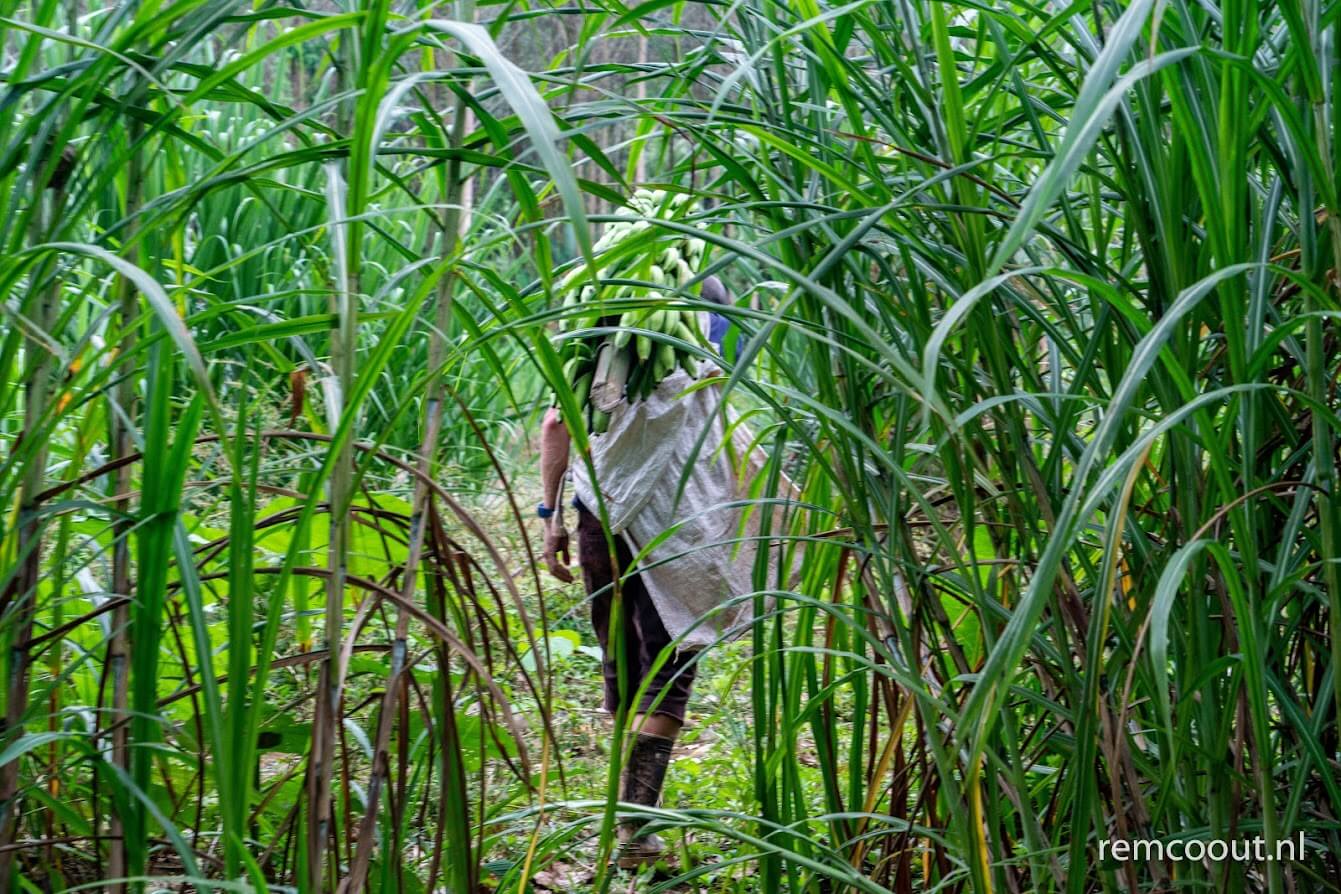
Volunteering in Costa Rica | Organic Farming and Expansion of Farm
Join our volunteering program in Costa Rica and make a positive impact. Engage in community projects, environmental conservation, and cultural exchange for a truly transformative experience.
Discover the power of organic farming in Costa Rica. Learn sustainable practices, promote biodiversity, and cultivate healthy, chemical-free produce for a greener future.
Learn about effective farm structuring for optimal productivity. Explore layout design, zoning, and infrastructure development strategies to create a thriving and efficient organic farm.
Discover techniques to grow and expand your organic farm. From land acquisition to scaling production, explore sustainable methods for increasing productivity and profitability.
Expand your organic farm’s offerings by growing unique varieties of vegetables, fruits, and herbs. Delight your customers with exciting flavors and enhance biodiversity on your farm.
By volunteering in Costa Rica at ‘Finca van Maare’ you can help organize and growth of the farm, vegetables, and fruits.
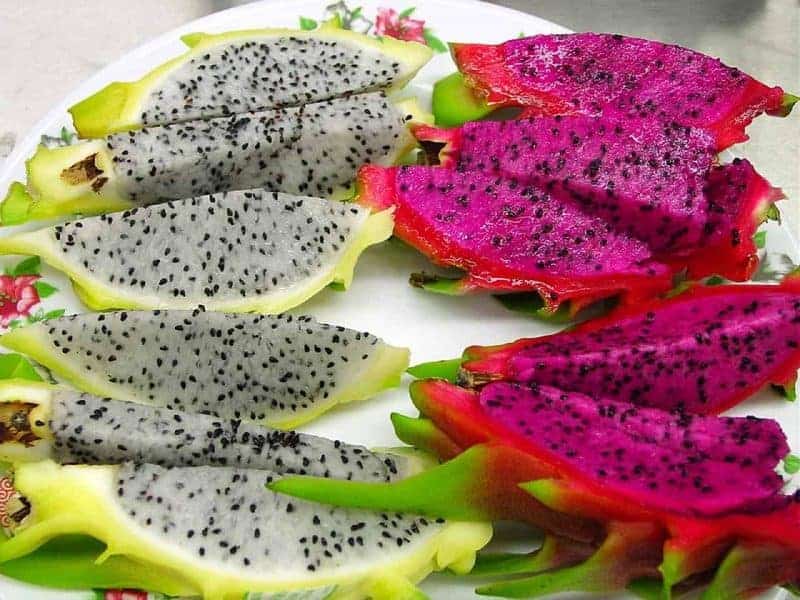
Volunteering in Costa Rica | Typical Costa Rica Fruits, Vegetables and Herbs
Taste the Freshness of Costa Rican Fruits. Savor the vibrant and juicy flavors of Costa Rican fruits. From succulent mangoes to tropical pineapples, experience a burst of sweetness straight from nature’s bounty.
Farm-Fresh Costa Rican Vegetables for Healthy Living. Discover a wide variety of farm-fresh Costa Rican vegetables. Add nutrition and flavor to your meals with locally grown produce that promotes a healthy lifestyle.
By volunteering in Costa Rica at ‘Finca van Maare’ you can help organize and growth of the farm, vegetables, and fruits.



Volunteering in Costa Rica | Grow and Harvest Cacao
Growing and harvesting organic cocoa beans follows a similar process to conventional cocoa production, with a focus on organic farming practices that promote environmental sustainability and prohibit the use of synthetic chemicals. Here’s an overview of how organic cocoa is grown and processed from bean to bar:
Organic Cocoa Tree Cultivation: Organic cocoa trees are cultivated in the same manner as conventional cocoa trees, emphasizing organic methods for soil enrichment.
Organic Seedling Nursery: Organic cocoa seedlings are grown in nurseries, using organic soil mixes, organic and natural growth regulators, and are raised without synthetic chemicals.
Organic Transplanting and Tree Maintenance: Organic cocoa seedlings are transplanted to organic plantations, adhering to organic farming principles. F
Organic Flowering, Pollination and Harvesting: Cocoa trees are allowed to flower naturally, and organic farmers encourage natural pollinators like bees to facilitate pollination. Synthetic pesticides and chemicals that may harm pollinators are avoided, promoting biodiversity within the cocoa plantation.
Organic Cocoa Bean Fermentation: After harvesting, organic cocoa pods are opened, and the cocoa beans are extracted along with the pulp. Fermentation is a crucial step in organic cocoa production, and organic farmers use natural fermentation methods without the use of additives or synthetic substances.
Organic Cocoa Bean Drying: Organic cocoa beans are dried using organic-approved practices, typically involving sun drying or using low-temperature drying methods.
Organic Cocoa Bean Sorting and Packaging: Organic cocoa beans are sorted based on quality and appearance, following organic certification guidelines. Any defective beans are removed manually.
Organic Chocolate Manufacturing: At the chocolate factory, the manufacturing process must adhere to organic certification standards, using organic ingredients and avoiding the use of synthetic additives or flavorings.
By following organic farming principles, organic cocoa production aims to minimize environmental impact, protect biodiversity, and promote sustainable agricultural practices while delivering high-quality cocoa beans for the production of organic chocolate.

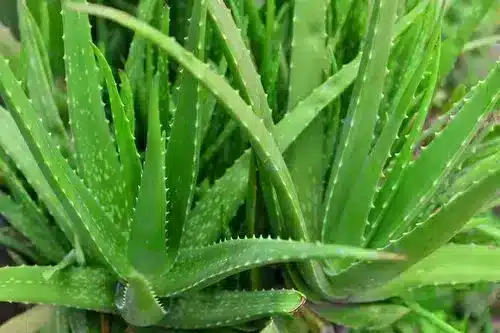

Volunteering in Costa Rica | Medicinal Garden
Explore the Aromatic World of Costa Rican Herbs. Delve into the aromatic world of Costa Rican herbs. Discover their unique flavors, health benefits, and how they enhance the culinary experience in traditional dishes.
Harness the Healing Power of Costa Rican Medicinal Plants. Unlock the secrets of Costa Rican medicinal plants. Explore their therapeutic properties, traditional uses, and how they contribute to natural healing and well-being.
By volunteering in Costa Rica at ‘Finca van Maare’ you can help organize and growth of the medical farm’.
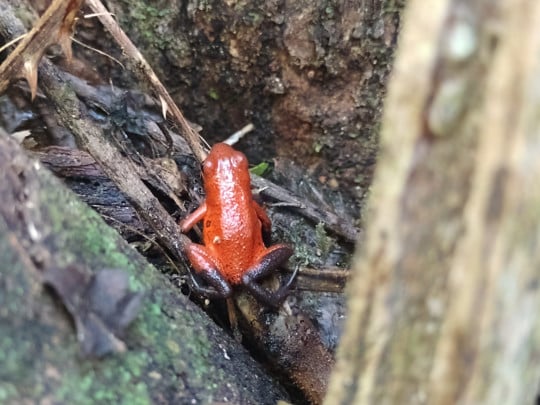



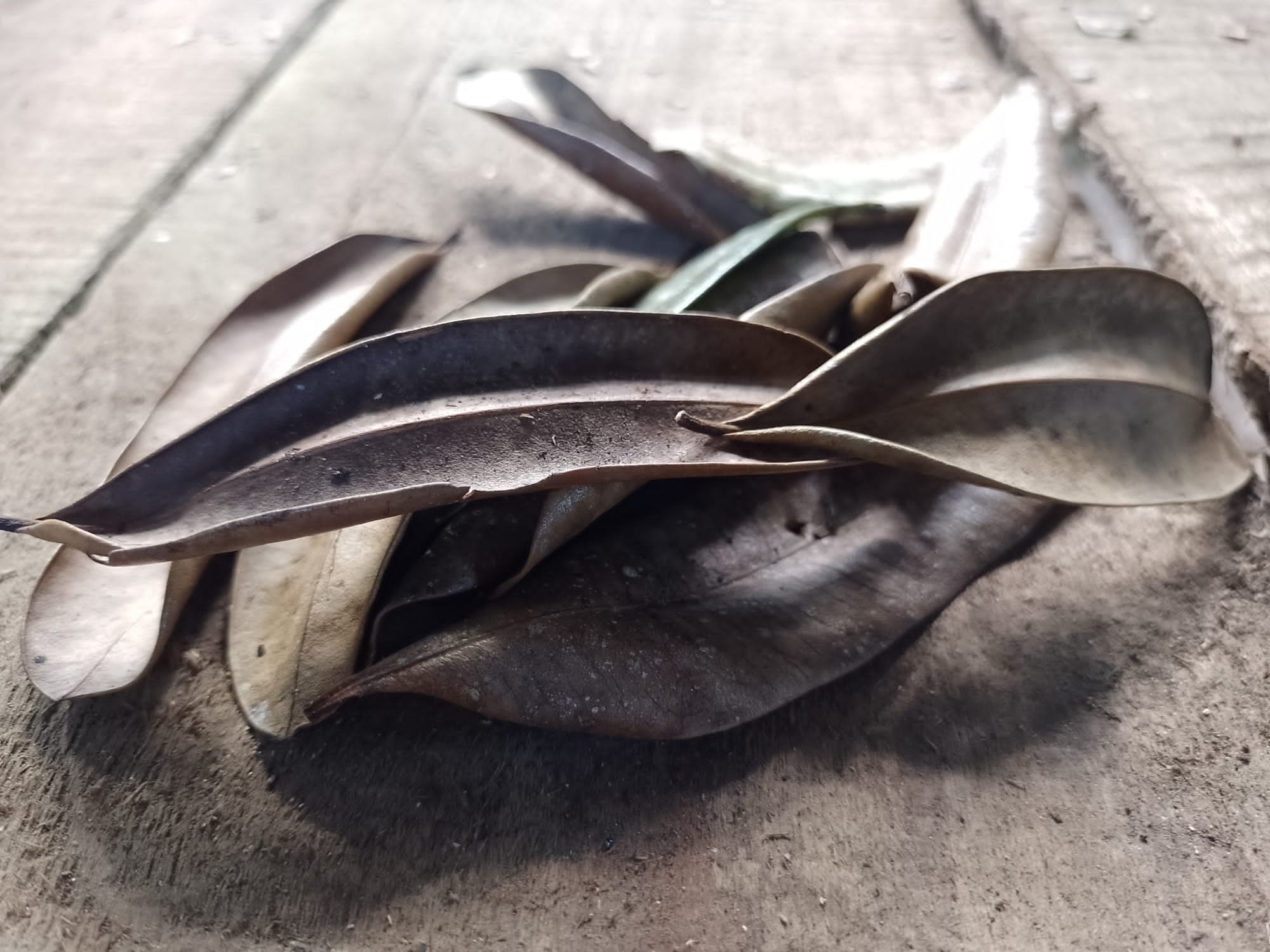
Volunteering in Costa Rica | Organic nutrient soil Cacou Leaf – Habitat of Costa Rica Frogs
Lorem ipsum dolor sit amet. Ut obcaecati distinctio ea natus dolore eos odit internos et consequatur eligendi est incidunt quia. Qui omnis esse et omnis nostrum eum tenetur obcaecati ut quod natus. Non possimus unde ea praesentium provident et adipisci numquam.
Sit accusantium numquam eos omnis ipsam aut itaque quam quo illum voluptate ut Quis quia? Ad voluptatibus omnis ut nesciunt alias ut veritatis necessitatibus At officia voluptate.
Et ullam amet sed neque consequatur ut autem aperiam ad dolores aspernatur.
What to expect and bring with you?
Enjoy the Jungle, ‘Take a Dip’ in the River and Have Fun!
Volunteers who have the opportunity to enjoy a rainforest swim in the river can experience a range of benefits, both physical and mental. Here are some potential benefits:
- Refreshing and rejuvenating: Swimming in a natural river within the rainforest can provide a refreshing and invigorating experience. Cool water can help relieve stress and revitalizes the body and mind.
- Connection with nature: Rainforests are incredibly diverse and beautiful ecosystems. By swimming in the river, volunteers can immerse themselves in the natural environment, fostering a deeper connection with nature and gaining a greater appreciation for its beauty.
- Physical exercise: Swimming is an excellent form of exercise that engages the entire body. It helps strengthen muscles, improve cardiovascular health, and enhance overall fitness levels. The resistance of the water provides a low-impact workout, making it suitable for people of different fitness levels.
- Stress relief: Being in nature, surrounded by the sights and sounds of the rainforest, can have a calming effect on the mind. Swimming in the river allows volunteers to unwind, escape from daily pressures, and experience a sense of tranquility.
- Mental well-being: Engaging in outdoor activities like swimming in the rainforest river promotes mental well-being. It can boost mood, increase happiness, and reduce symptoms of anxiety and depression. Being in a peaceful natural environment can also help clear the mind and enhance mental clarity.
- Wildlife encounters: Rivers in the rainforest are often home to various wildlife species. While swimming, volunteers may have the opportunity to observe and interact with unique aquatic plants, fish, birds, or other creatures, creating unforgettable moments and fostering a deeper connection with the natural world.
- Educational experience: Exploring the river ecosystem firsthand provides valuable educational opportunities. Volunteers can learn about the various plant and animal species that depend on the river, gaining insights into the delicate balance of the rainforest ecosystem and the importance of conservation efforts.
- Adventure and fun: Swimming in a rainforest river can be an exciting and adventurous experience. Volunteers can enjoy the thrill of discovering hidden pools, jumping off rocks into the water, or simply floating along the gentle currents. It offers a break from routine and allows for moments of joy and fun.
- Improved sleep: Physical activity and exposure to nature during a rainforest swim can contribute to better sleep quality. The combination of exercise, fresh air, and a calming environment can help regulate sleep patterns and promote a restful night’s sleep.
Remember to follow any safety guidelines and regulations in place when swimming in a rainforest river, and be mindful of the environmental impact to ensure the conservation of these precious ecosystems for future generations.
What To Bring with You?
If you’re planning to do participate at volunteering in Costa Rica ‘at Finca van Maare’, it’s important to pack the right items to make your experience comfortable and productive. Here are some essentials to consider bringing with you:
- Clothing: Costa Rica has a tropical climate, so lightweight, breathable clothing is a must. Pack clothes that dry quickly and wick away sweat, such as moisture-wicking shirts, shorts, and pants. Be sure to pack a rain jacket, as the country has a rainy season. Also, bring comfortable shoes suitable for the type of volunteer work you’ll be doing, such as closed-toe shoes for construction or gardening work.
- Sun protection: Don’t forget to bring a hat, sunglasses, and sunscreen to protect yourself from the intense sun. A high SPF sunscreen (at least 30) is recommended.
- Insect repellent: Mosquitoes and other insects can be prevalent in some areas of Costa Rica, so it’s a good idea to bring insect repellent with DEET or a natural alternative.
- Medications and first aid kit: If you take any prescription medications, make sure you bring enough to last for the duration of your stay. Also, bring a first aid kit with basic supplies such as band-aids, antiseptic, and pain relievers.
- Water bottle: To stay hydrated during volunteer work in the tropical climate, bring a reusable water bottle that you can refill throughout the day.
- Electronics: Bring a camera to capture your experiences and a charger for your electronic devices. Be sure to bring a plug adapter if your devices require one.
- A bit of cash. While many places in Costa Rica accept credit cards, it’s a good idea to have some cash on hand for smaller purchases, and ATM’s are located in the cities of Limon and Puerto Viejo.
- Spanish phrasebook: Even if you speak some Spanish, it can be helpful to have a phrasebook to communicate with locals and other volunteers.
- Flashlights, on battery or LED, and a power bank to charge your phone or Led Flashlights. The Powerbank can be charged at the local super market, beyond the river.
Remember to pack light, as you may need to carry your luggage during your volunteer work in Costa Rica. And do not bring expensive clothing into the jungle, as you do not need it.
What Is Included during your stay?
During your stay by Volunteering in Costa Rica at ‘Finca van Maare’, the following is included:
- Camping Accommodation (jungle wood construction platform from the ground), with sheltered metal roof Construction (tent can be arranged), or bring your own new basic shelter tent (which will be refunded if new, if leave this after your project). The camping under development has sanitair facilities (shower and toilets).
- Main meal Costa Rica dinner with Rice, Bean, Chicken and Fresh Vegetables and Fruits.
- All organic farm and jungle ingredients for other meals, rice and beans (you can cook in community kitchen), except meat and your personal needs (you have to buy yourself, like candy, a beer or for example a soda). Supermarkets are within reasonable reach, accross the river. You can only pay cash in most of the local supermarkets, bars and restaurants. It is not an arban area.
- Use of group accomodation, kitchen facilitites (jungle style), and cooking the old fashioned way. You Have to make your own fire, we have instuctors, to help and teach you.
- Fresh water source (which is pure and 100% controlled), with unlimited fresh drinking water.
- Enjoy the primary and secondary Rainforest, it’s nature and wildlife.
- Your own, private, river, the Bananito River, to swim and relax.
What to take into account | remote location?
Although the Rainforest of Banago, close to Bananto Sur, is split by a river, to village life, and within good walking distance there is a bar, restaurant, you have to take into account:
- Area is quite remote. Although the public transportation systems Costa Rica is safe and well controlled, you will need a local cab driver, to go to the bus station, with buses to Limon or Puerto Viejo and Cahuita. For approximately $3 till $5, you will be brought to center mall or the main road, with Public Transportation, which is reliable and safe. This is the cheapest way.
- You will never be alone. It is private territory and protected rainforest, and there is always one the experienced tour guides, owners or local rangers, be present and reachable, in case of emergency.
- The rainforest in Banaga is quite remote, so internet access is limited. A local phone card, with Kolbi, is enough, when you cross the river, but do not exect high quality internet. It is a remote area. Except in particular for Wildlife Biologist, you have to establish a connection yourself.
Location – Finca van Maare | Rainforest of Banaga, located between Puerto Limón and Puerto Viejo
The Location of ‘Finca van Maare’ is in the Rainforest of Banaga, close to the village of Bananito Sur. Located in the Province of Limón in Costa Rica, between Puerto Limón and Cahuita or Puerto Viejo.
[Google Maps]
More information about Finca van Maare